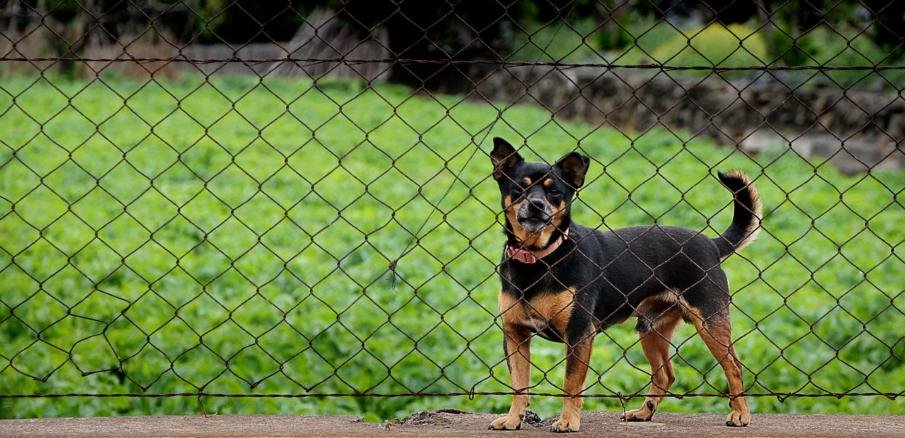Caring for a pet is no less than caring for a family member, and ensuring their safety is a top priority for every pet owner. One of the most critical aspects of pet care is choosing the appropriate fencing for your home.
The right fence can not only keep your pet safely within the bounds of your property but also provide you peace of mind. In this post, we’ll explore six invaluable tips for selecting pet-friendly fencing that meets both your and your pet’s needs.
Consider the Height
Your pet’s size and agility will determine the optimal fence height. For small to medium pets, a standard fence height in places like Eagle Mountain might suffice, giving them enough room to feel free yet ensuring they stay safe on your property.
Privacy fencing eagle mountain ut with heights of 6 feet or higher can prevent adventurous climbers or jumpers from scaling the boundary. Keep in mind local zoning laws which might limit how tall your fence can be.
Choose the Right Materials
The materials used in your fence can have a significant impact on your pet’s health and safety. Choose materials that are sturdy and pet-safe, such as vinyl, wood, or chain link.
Steer clear of anything that can splinter, break easily, or have toxic finishes. The safety of your pet is paramount, so investing in durable, high-quality materials will pay off in the long run.
Check for Gaps and Openings
A secure fence is one without escape routes. Ensure all gaps and potential openings are well covered to prevent your pets from squeezing through or digging under to escape.
Dog fencing aspen co solutions, in certain areas like Aspen, specifically cater to these concerns, embracing designs that deter even the most Houdini-like of hounds from making a great escape.
Consider Visibility
Some pets are more at ease when they can see through the fence, while others may become agitated by the sight of passersby or other animals.
For calmer pets, a picket fence could be suitable, whereas a solid panel fence can help shield reactive pets from external visual stimuli. Ultimately, knowing your pet’s personality and habits will guide this choice.
Evaluate Maintenance Requirements
Pet owners often have their hands full, so opting for a low-maintenance fencing option can make life much easier. Materials like vinyl or metal can be excellent choices since they require minimal upkeep and stand up well to all weather conditions.
Such materials prevent you from having to deal with frequent repairs, giving you more quality time to spend with your furry companion.
Incorporate Security Features
While the primary function of your fence is to keep your pet in, it should also keep intruders out. Consider additional security features such as locks, anti-climbing spikes (where appropriate and humane), or even integrating an invisible fence to complement the physical barrier if your pet tends to dig.
These features provide an extra layer of protection, ensuring that your pet’s environment is as safe as possible.
